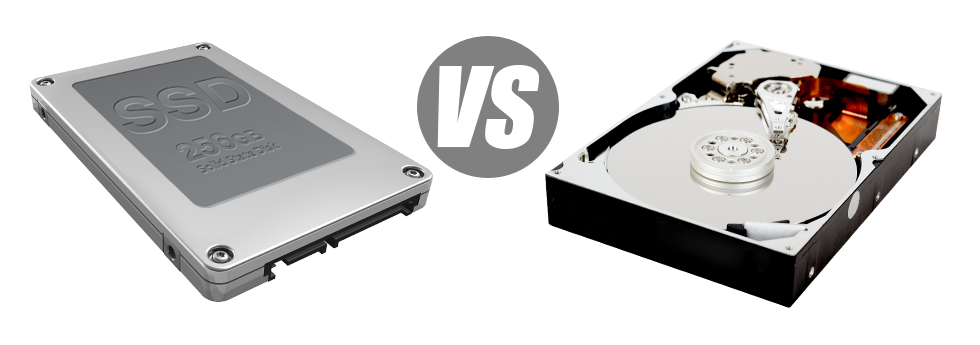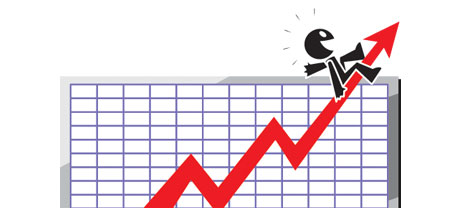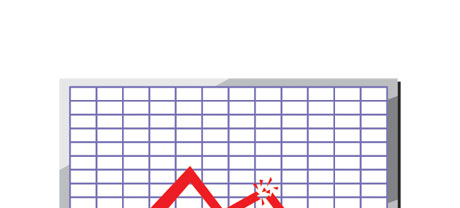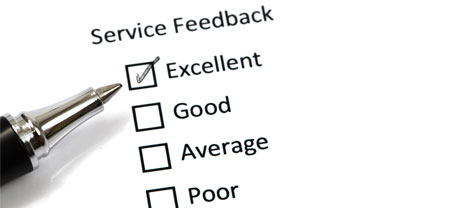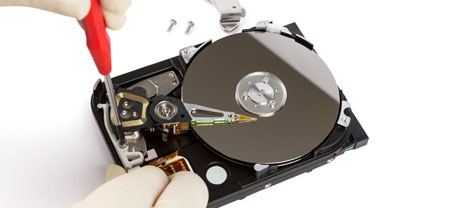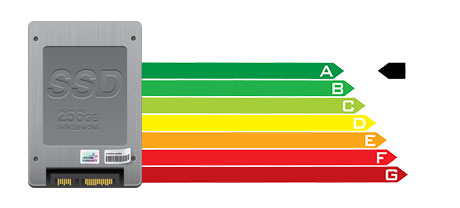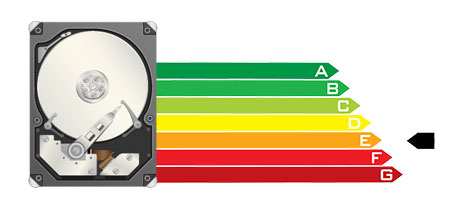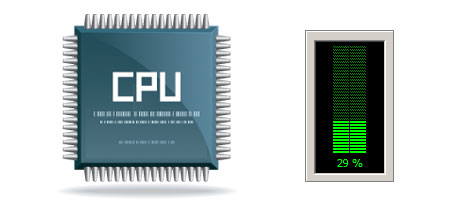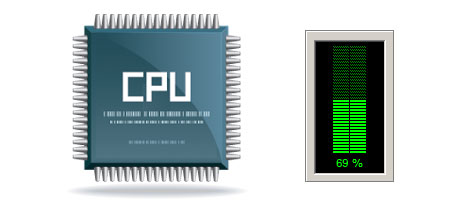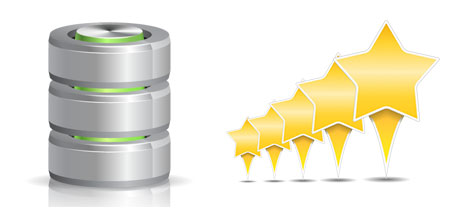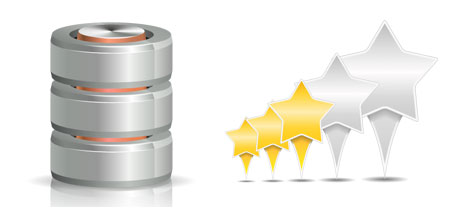When you have a web site or perhaps an app, speed is critical. The speedier your site loads and also the swifter your web apps function, the better for you. Given that a website is just a variety of data files that communicate with one another, the devices that store and work with these files have a vital role in site operation.
Hard disk drives, or HDDs, have been, until recent times, the most trustworthy products for saving data. Nonetheless, lately solid–state drives, or SSDs, are already gaining popularity. Have a look at our evaluation chart to view whether HDDs or SSDs are better for you.
1. Access Time
With the launch of SSD drives, file accessibility speeds have gone tremendous. As a result of completely new electronic interfaces employed in SSD drives, the typical data file access time has been reduced towards a record low of 0.1millisecond.
HDD drives make use of rotating disks for files storage purposes. Every time a file will be used, you will have to wait for the correct disk to reach the right position for the laser to view the file you want. This leads to a standard access speed of 5 to 8 milliseconds.
2. Random I/O Performance
The random I/O performance is crucial for the functionality of any data file storage device. We’ve carried out substantial lab tests and have identified an SSD can handle at the least 6000 IO’s per second.
Hard drives offer reduced data file access rates due to the aging file storage space and access technology they’re implementing. Additionally they show significantly reduced random I/O performance matched against SSD drives.
In the course of our tests, HDD drives handled on average 400 IO operations per second.
3. Reliability
The lack of moving components and rotating disks in SSD drives, as well as the recent improvements in electric interface technology have generated a substantially less risky data storage device, having a common failing rate of 0.5%.
HDD drives implement rotating disks for storing and reading data – a concept going back to the 1950s. And with hard disks magnetically suspended in mid–air, spinning at 7200 rpm, the chances of some thing failing are generally higher.
The normal rate of failure of HDD drives ranges amongst 2% and 5%.
4. Energy Conservation
SSD drives are usually smaller compared to HDD drives as well as they do not have any kind of moving components whatsoever. It means that they don’t produce as much heat and require much less power to work and fewer power for chilling purposes.
SSDs use up somewhere between 2 and 5 watts.
HDD drives are renowned for being noisy. They require far more energy for chilling applications. With a server which includes a large number of HDDs running consistently, you need a large amount of fans to keep them kept cool – this may cause them a lot less energy–effective than SSD drives.
HDDs use up somewhere between 6 and 15 watts.
5. CPU Power
As a result of SSD drives’ higher I/O effectiveness, the key server CPU will be able to process data file calls much faster and preserve time for other procedures.
The normal I/O delay for SSD drives is just 1%.
Compared with SSDs, HDDs allow for slower data file accessibility rates. The CPU must await the HDD to come back the requested data file, reserving its assets while waiting.
The typical I/O delay for HDD drives is about 7%.
6.Input/Output Request Times
In the real world, SSDs function as wonderfully as they have during the tests. We ran a full system back–up using one of our own production web servers. Through the backup operation, the common service time for any I/O queries was basically below 20 ms.
All through the very same tests with the exact same web server, this time suited out utilizing HDDs, performance was much slow. All through the server back up procedure, the regular service time for any I/O calls fluctuated between 400 and 500 ms.
7. Backup Rates
Another real–life advancement is the speed at which the backup is produced. With SSDs, a hosting server back up currently can take only 6 hours implementing Zendorff’s hosting server–optimized software solutions.
Alternatively, on a hosting server with HDD drives, an identical back up could take three or four times as long in order to complete. An entire back–up of any HDD–driven server normally takes 20 to 24 hours.
Should you want to instantaneously add to the effectiveness of your websites and not having to transform just about any code, an SSD–powered website hosting service is really a excellent solution. Examine the Linux cloud website hosting packages and additionally the Linux VPS web hosting – these hosting services feature quick SSD drives and can be found at cost–effective price points.
Hepsia
- Live Demo
Service guarantees
- Subscribe now. You won’t see any installation costs you’ll also find total admin access to the server. 99.9% network availability is warranted.
Compare our prices
- Effortlessly compare the resources and characteristics offered by all of our Virtual Private Servers. See exactly which VPS Web Hosting package gives you everything that you want to handle your dynamic online presence effortlessly.
- Compare our hosting plans
Contact Us
- Contact us around the clock by email or by making use of the really–fast ticketing system. Our technicians are ready to answer all of your requests within 60 mins.
